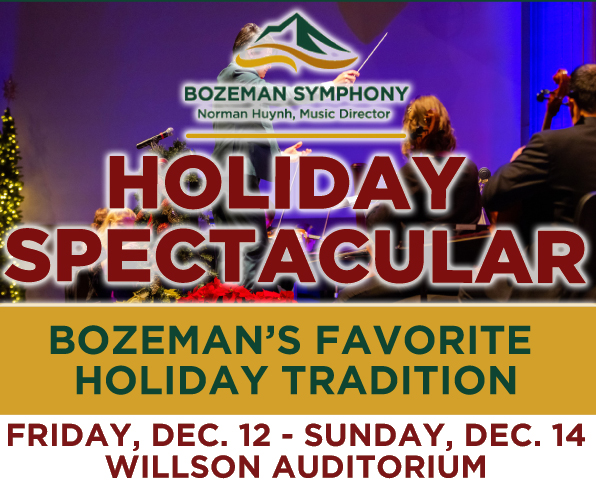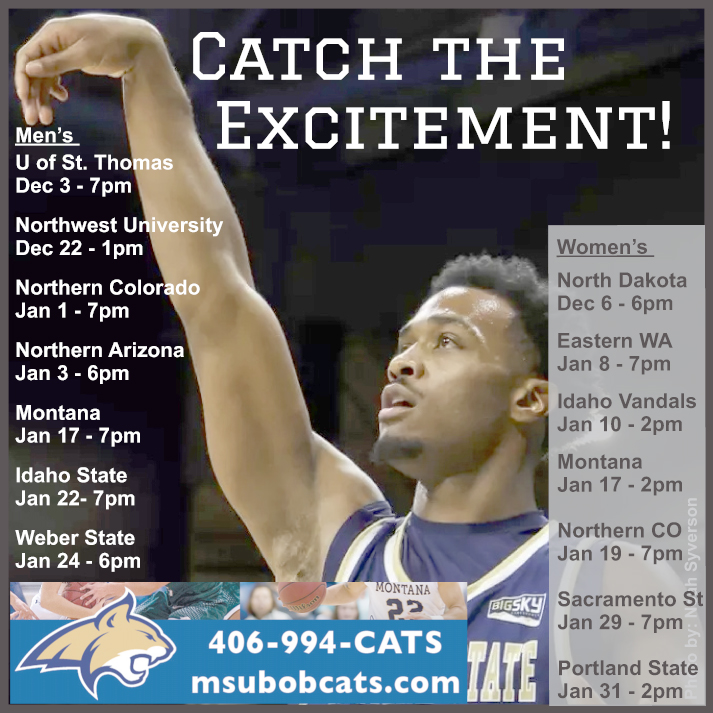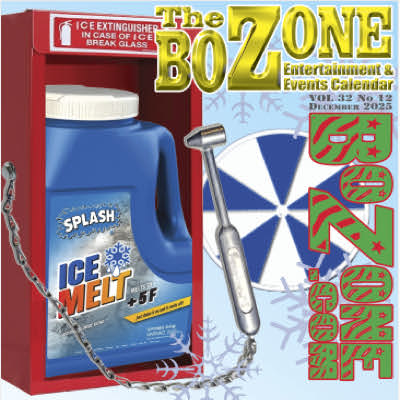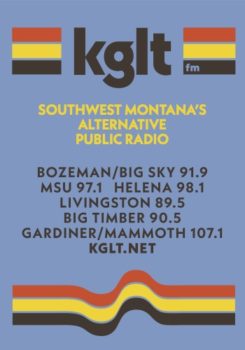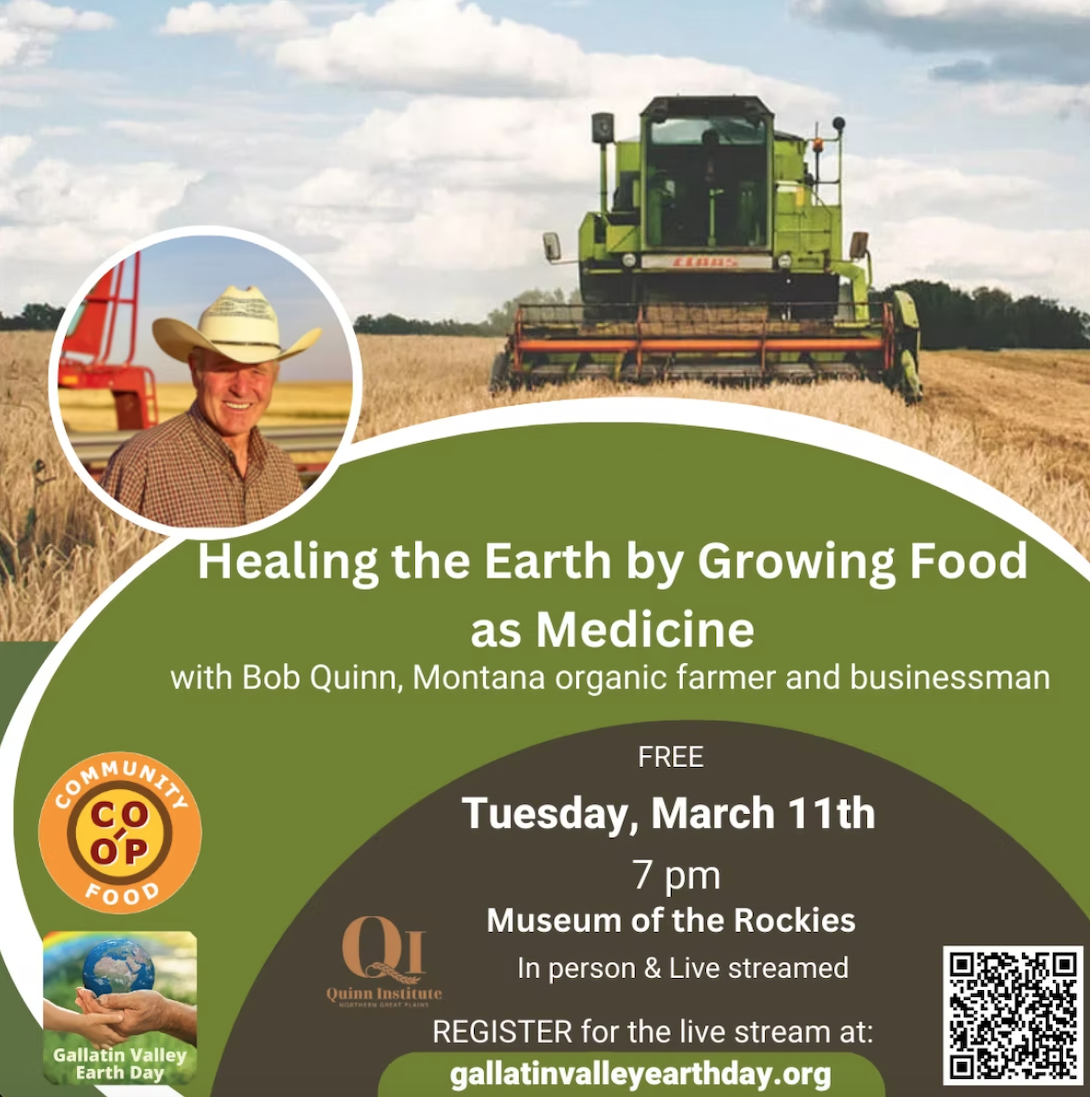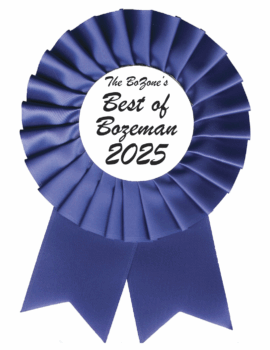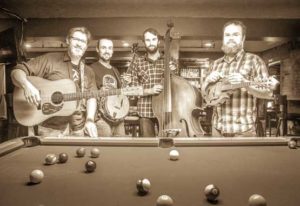 Bluegrass has long called Southwest Montana (a) home, its pool of local musicians fueled by fellow enthusiasts who keep the tradition alive and thriving. One such group of devotees has been around long enough to watch traditional bluegrass gain listeners, but also evolve into subgenres that give the erstwhile conventions the fresh spin they deserve.
Bluegrass has long called Southwest Montana (a) home, its pool of local musicians fueled by fellow enthusiasts who keep the tradition alive and thriving. One such group of devotees has been around long enough to watch traditional bluegrass gain listeners, but also evolve into subgenres that give the erstwhile conventions the fresh spin they deserve.
The Bridger Creek Boys have been an acoustic, Bozeman-based bluegrass band for the last eleven years, playing over 1400 shows regionally. Steeped in the old-time bluegrass tradition, the group pushes the genre with its brand of “newgrass.” The guys mix originals with notable and sometimes obscure covers of traditional bluegrass material (Bill Monroe, Dock Boggs) and more contemporary artists (Grateful Dead, Steve Earle, The Band). The band was a finalist in the 2007 Telluride New Band Competition. They also host the annual Bozeman Bluegrass Festivals. The Bridger Creek Boys is comprised of Matt Broughton (fiddle, mandolin), Jim Dungan (guitar), Scott Stebbins (bass), and Andrew Schauer (banjo). The lineup features an incredible energy and outstanding level of playing.
In anticipation of the upcoming 10th Annual Bozeman Bluegrass Festival, The Rolling Zone was able to sit down with fiddle and mandolinist Matt to talk recording versus performing, the symbiosis of community and its music, and just what “newgrass” is.
RZ: Your sound is described as a blend of old-time bluegrass and “newgrass.” How would you describe the latter to someone who might not be familiar?
MB: My take on newgrass is that it’s the same instrumentation as the traditional bluegrass genre, but instead of sticking with the repertoire developed over the last 80 or 90 years, it embarks in a new direction. Kind of creating your own sound. Instead of embodying the previous bands, you try to make your own thing. It’s just been a descriptor of this branch of American music. It’s not rock, it’s not jazz, it’s not country, and it’s not bluegrass—it’s something new [using] bluegrass instruments.
RZ: Is that achieved by using the instruments in a new way?
MB: It’s not really as much using the instruments in a new way, it’s kind of like learning a new dance move. You’re still dancing, and you’re still wearing the same shoes. You’re still doing the same thing, but you’re moving differently. Newgrass is kind of this umbrella that is used to describe something that’s not the way it was. It’s bluegrass, but we’re not on the East Coast of the U.S.—where bluegrass is from—and we don’t all have southern accents, and we didn’t grow up with the family tradition of learning all of the songs from your parents and grandparents. That’s not how most of us in the west became bluegrass musicians.
RZ: And how did you become a bluegrass musician?
MB: I wasn’t raised on bluegrass, I was raised on standard American music and country music. When I was a kid, I was trained in classical music and didn’t discover folk music and bluegrass until I was out of high school.
RZ: Did your roots change your outlook of the music?
MB: When I started playing folk music, I very much wanted to imitate the sounds of recordings I was hearing from the 30s and 40s. What intrigued me about bluegrass [were] these sounds I hadn’t been exposed to as a child. I hadn’t heard instruments make that sound, that flavor of music. [When] I discovered it as an adult, I thought, “Well I know how to play the violin. How come my violin’s never sounded like that?” I was in my twenties when I was first introduced to the mandolin, the other instrument I play [alongside the fiddle]. When I found out there was this instrument called ‘the mandolin,’ I was both excited because it was something new I got to experience, and I was kind of angry at my teachers who had taught me music my whole childhood [and] never said, “why don’t you try this? This is the cousin of the violin.” It’s tuned the same, it uses the same fingering structure for your left hand. I used to get yelled at by my teachers for holding and playing my violin like the ukulele. When I started playing the mandolin, I was so in love with it. I think it was what my subconscious had been dreaming about—it’s not a guitar, it’s not a violin, it’s kind of a mix of both of them.
RZ: Bluegrass, “newgrass,” seems like an audience-driven performing art. What role does it play in the Bridger Creek Boys’ relationship with the music?
MB: There’s an incredible amount of feedback from the energy of the audience to the performer. That’s a critical part of the addiction being a musician. When you play to a group of people that are enthusiastically consuming your music—by just listening, or dancing, or tapping their feet—it’s this level of energy that is not really present in most other aspects of life. It’s this human communication. We’re singing, but a lot of the energy back and forth is non-verbal. It’s smiles and nods and applause and foot tapping. It’s what has kept me passionate about being a musician. Most people’s jobs don’t include applause. When you have a job that [does], it really makes it easy to work hard and be dedicated. And when we play for a passive audience, when people are casually disinterested, you can feel it. It’s not as joyous an experience as it could be.
RZ: It kind of takes the air out of it.
MB: It does. The for instance is, when you record in a studio and there’s nobody there, music doesn’t come from the same place in that experience. It’s not as spontaneous or as casual. It becomes super critical when you’re recording, you hear every mistake you make. When you’re performing live, it’s just part of the soup. It fits even when it’s a little less polished. It still works as a live performance art.
RZ: Can you compare your experience recording studio albums to performing that same material live?
MB: They’re very different experiences. Most of the time, when a studio album is recorded, the actual production of the music takes a long time to make a four-minute song, sometimes hours and days. The art of recording and engineering is this very nuanced, almost magical experience. I think it’s very much like editing a written composition. When you speak extemporaneously, you don’t get a chance to change anything you’ve done. When you’re writing an article, or a novel, or a term paper, you get to revisit every detail of it and wordsmith it.
RZ: I know something about that.
MB: That’s the same kind of thing that happens in recording. For instance, on our <I>Benevolence Street<I> album, at least one of those songs on the album is a single take, single performance recording. The whole band played every note, all at once, start to finish, with no edits. Some of the other songs took lots of takes and stitching together performances into one product. That experience of being in that laboratory of sound is way different than being a stage performer, where you’ve got one shot at that song for that performance. If it works great, you get warm, fuzzy feelings. If you make a mistake, it’s kind of a stab in the gut. [But] the different versions of output of creative energy are valid creations—but they’re not the same thing.
RZ: Other than the upcoming festival, where can people come see the live version of the Bridger Creek Boys?
MB: We play at Red Tractor Pizza every Thursday from 7–9pm. Having a weekly repeater gig [has] been part of the lifeblood of the band. That’s something that’s pretty rare in the musical world and has been invaluable to the band. It’s kept our momentum going, it’s forced us to work constantly on our craft, [and] it’s a great way for our fans to stay connected with us on a regular basis. It’s very different than playing a big show because it’s usually intimate [with] not a huge crowd, but a steady stream of music lovers we get to interact with.
RZ: You guys have been hosting the Bozeman Bluegrass Festival for what’ll be 10 years now. How did that come together in the beginning?
MB: After the band started, I addressed the notion that there was this big bluegrass scene in Bozeman a decade ago. There were a lot of bands that have now moved on to other things, or moved away, or changed, but at that point in time there were a lot of bands playing little shows and there was no big show for bluegrass in town. It was one of the aha moments, “If no one else is doing it, I need to do it.” I took the steps to do it and took the risks and stuck with it, because the first four years were not ‘successful.’ They were a lot of work for limited crowds. Part of that was tinkering with the formula of where and when and how to make it happen. It’s always been at the Emerson, [a venue] pivotal to the arts community of Bozeman, [who’ve always been] agreeable to this kind of a function and we’ve just continued to go with it. This year being the tenth year, we’re turning it from a one-day festival to a two-day festival.
RZ: Congrats on 10 years! Can you give us a peek into this year’s events?
MB: One thing we’re doing, a big change from previous festivals, is offering two distinctly different listening environments. Saturday will be in the ballroom—it’s a dance party. There’s going to be a light show, a loud sound system, and the revelry Bozeman has come to expect from the Bluegrass Festival. On Sunday, we’re providing something more of a sit-down concert experience with a critical listening environment. It’ll be in the Crawford Theater and more like the symphony concerts at the Willson. We want people to be able to focus on the artistry of what’s going on, not just the revelry and energy.
RZ: Can you conjure a favorite memory from years prior?
MB: Some of the best aspects are watching both the young and old crowd appreciate what’s going on. There’s always a lot of kids at the show, [who] are usually overwhelmed with energy and can’t stop dancing about. One of the other fantastic memories for me, over the past ten years, I’ve gotten to watch some of the children—both of my band mates’ kids as well as some of the bluegrass fans’ kids—grow up. Getting to watch them come back year after year to this event, they go from being little kids to young adults [who] get to experience this layer of culture in Bozeman. It’s a cultural event that the musicians and myself have had the blessed opportunity to create.
RZ: Live music, especially during the winter months, is a huge draw for Bozemanites and others. Why should people perhaps unfamiliar with bluegrass make it a point to attend this festival?
MB: Having the two-day, two-flavor event, we’re trying to give a broad section of the community a chance to experience this. If they’re not bluegrass fans and don’t know what bluegrass is, I highly recommend they come and take a taste. Bluegrass is connected to preamplified music. It existed right at the dawn of recording. It’s using acoustic instruments without all of the sound modifications that go on with modern music. It attempts to put on a high energy rock ‘n’ roll show with string instruments. These instruments are old inventions and you’re putting on this modern rock ‘n’ roll show for the dance party. Then, for the Sunday show, you’re taking these instruments suited for parlor listening, a quiet house with a small group of friends, and because of modern microphones and speaker systems, we’re able to fill a large auditorium with that detailed, organic human sound. This artistic energy that exists when you’re around the mountains and these beautiful views and this landscape and this comfortable, low population lifestyle that we have, it’s its own thing. People are going to be awed by the wide-range of sounds that are going to come out of these bands. There’s going to be everything from simple melancholy and subdued songs to full-on rock ‘n’ roll covers. That’s what modern acoustic bluegrass and newgrass has to offer. As an audience member, you don’t know what’s going to happen.
Come see what happens for yourselves at the 10th Annual Bozeman Bluegrass Festival, to be held Saturday and Sunday, November 12th and 13th at the Emerson Center for the Arts & Culture. The event will include tons of live music by the Bridger Creek Boys, Trout Steak Revival, Laney Lou & the Bird Dogs, The Dirt Farmers, The Fresh Boys, and the Growling Old Men. Artisan pizza, beer, and wine will be available for purchase throughout the festival by Red Tractor Pizza. Tickets are $20 for Saturday, $30 for Sunday, or $45 for a weekend combo and are available at Cactus Records in downtown Bozeman. •
